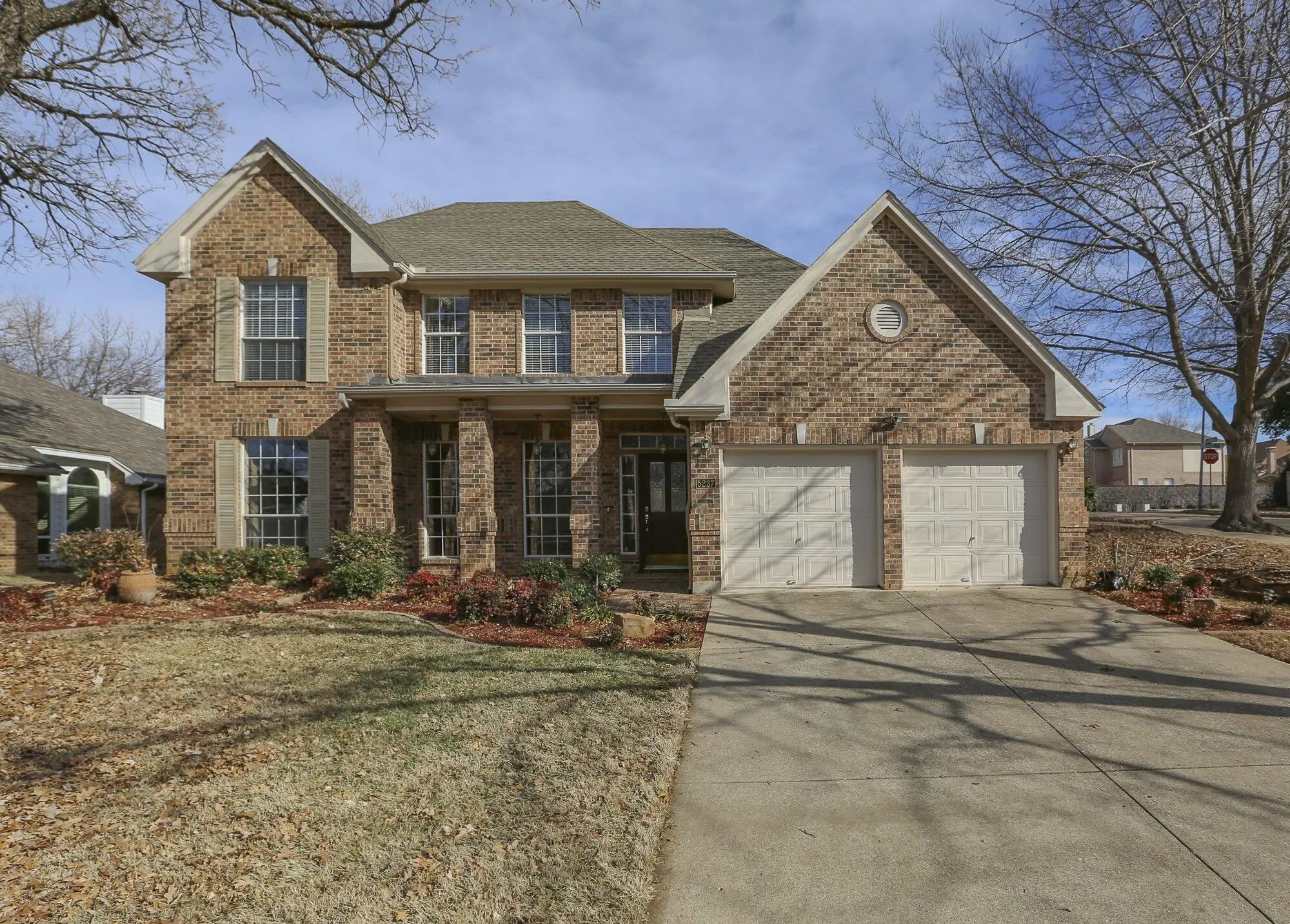There are around 365,000 community associations in the U.S., housing 75.5 million residents, according to the 2023 Fact Book (Foundation for Community Association Research). That's millions of people relying on their HOA board to keep things running smoothly.
When an HOA board fails to fulfill its duties, everything can fall apart; rules get ignored, finances get mismanaged, and property values decline. To avoid chaos, it's crucial to understand the essential roles and responsibilities of an HOA board.
Strong leadership and organized oversight are key to maintaining a thriving, well-managed community. Now let's explore how your board can meet these demands effectively.
Board Leadership and Structure
An HOA board structure typically includes a president, vice president, secretary, and treasurer. Each role serves a specific purpose, helping to distribute tasks effectively across the board.
The common roles are as follows:
- President manages operations
- Vice-president supports leadership
- Secretary handles records
- Treasurer manages finances
Each position brings a unique responsibility that contributes to the smooth functioning of the community. The combined effort of the board ensures proper community management. When these roles work in harmony, it leads to a more organized and effective HOA.
Financial Oversight and Budgeting
One of the primary HOA board duties involves overseeing the community's finances. The board must maintain a healthy budget, plan for future projects, and allocate funds responsibly.
Here are key financial tasks:
- Track income and expenses
- Review budget frequently
- Monitor long-term spending
Good financial oversight benefits the entire community by preventing financial mismanagement and avoiding unexpected assessments. This keeps homeowners satisfied and confident in the board's leadership.
Rule Enforcement and Standards
Homeowner association board duties also include ensuring that community rules are followed. The board enforces standards to maintain order, harmony, and property values.
The typical enforcement steps include:
- Monitor rule compliance
- Issue warnings or fines
- Address homeowner concerns
Homeowners look to the board to address rule violations fairly. Enforcing standards helps build trust and respect. Clear, consistent actions benefit everyone in the community.
Maintenance and Upkeep of Common Areas
The board ensures that shared spaces like parks, pools, and sidewalks are well-maintained. Keeping common areas in good condition reflects positively on the entire community.
Here are the key maintenance tasks:
- Hire maintenance crews
- Oversee landscaping contracts
- Respond to repair needs
Maintaining common areas boosts property values and keeps residents satisfied. Proper upkeep of shared spaces is crucial to community appeal.
Communication with Homeowners
Strong communication is essential to community management. The board keeps residents informed about important updates, rule changes, and upcoming projects.
Typical methods of communication include:
- Send newsletters or emails
- Hold regular meetings
- Address homeowner questions
Good communication fosters trust and transparency between the board and residents. Regular updates keep homeowners engaged and connected.
The Essential Role of the HOA Board in Effective Community Management
An HOA board plays a vital role in keeping the community organized, safe, and financially secure. Effective community management ensures that every homeowner enjoys a well-maintained and peaceful living environment.
For seamless HOA board management and property services, PMI San Bernardino is your go-to solution. Our cutting-edge technology keeps you informed in real time while providing tenants with instant access to essential services. Contact us to maximize your investment's value and experience the difference in our tailored, local expertise.


